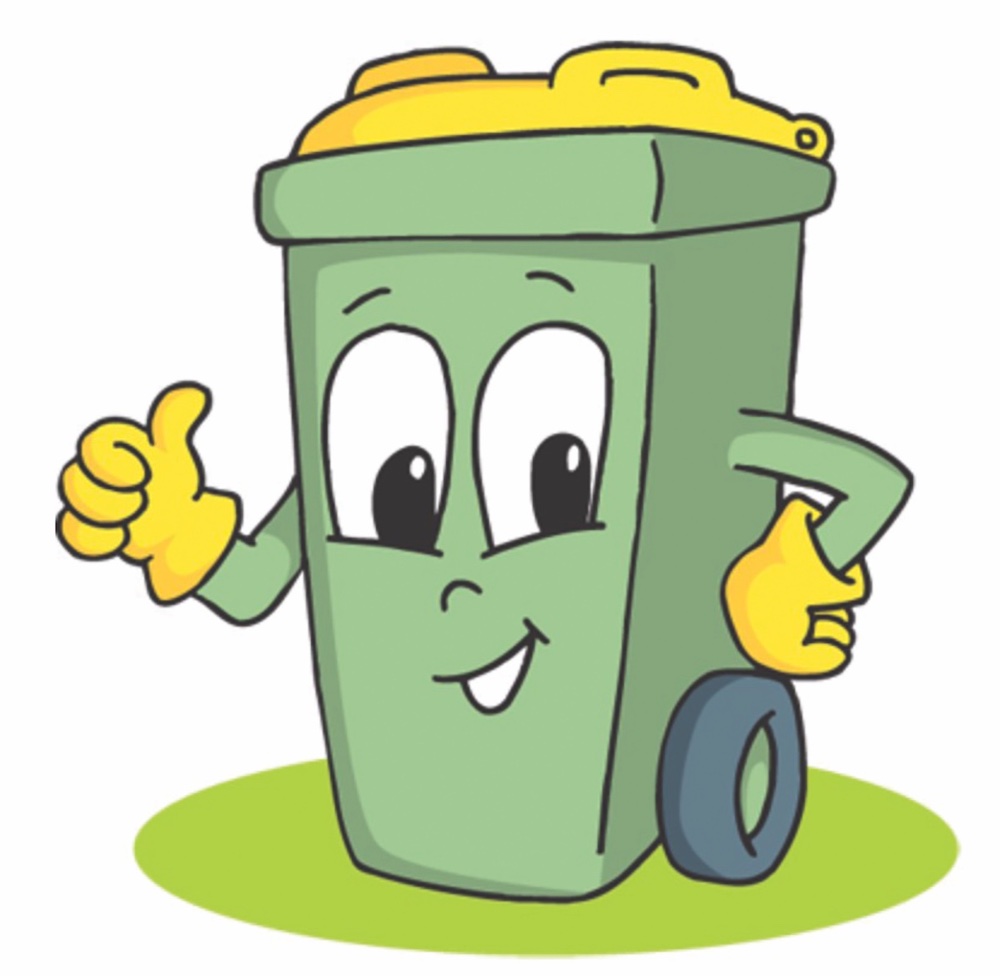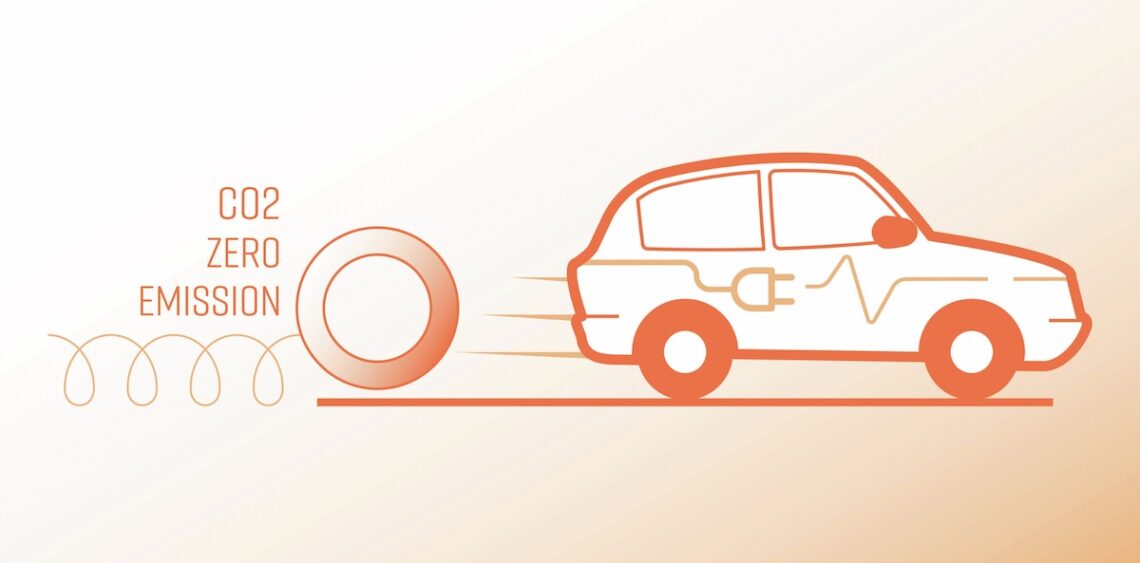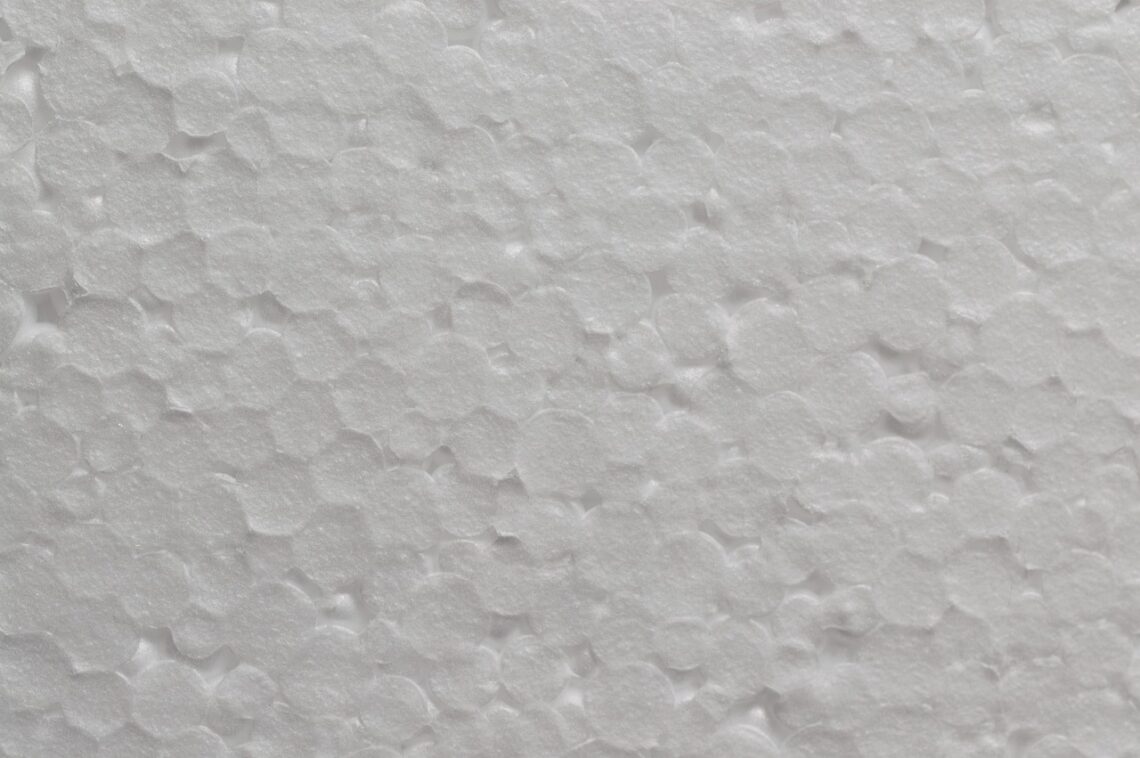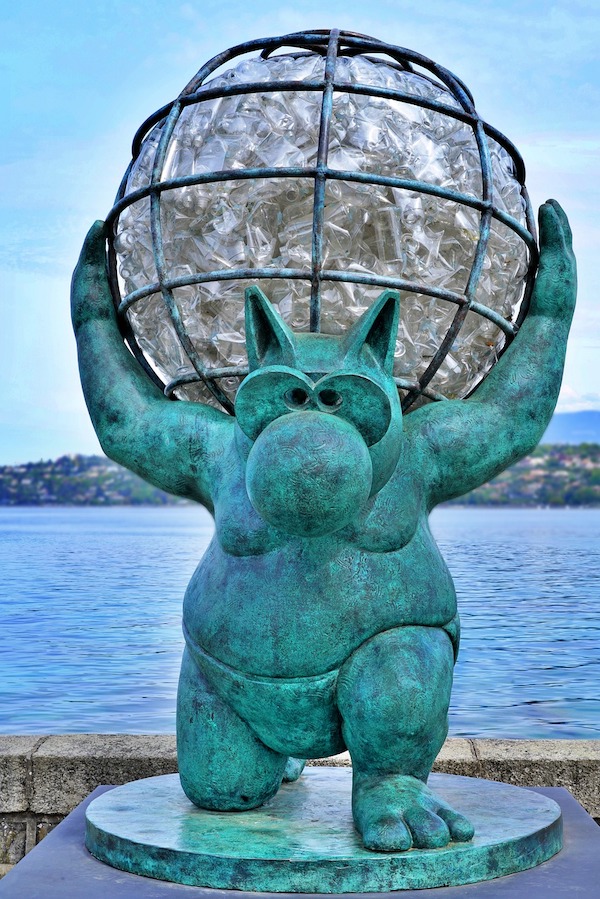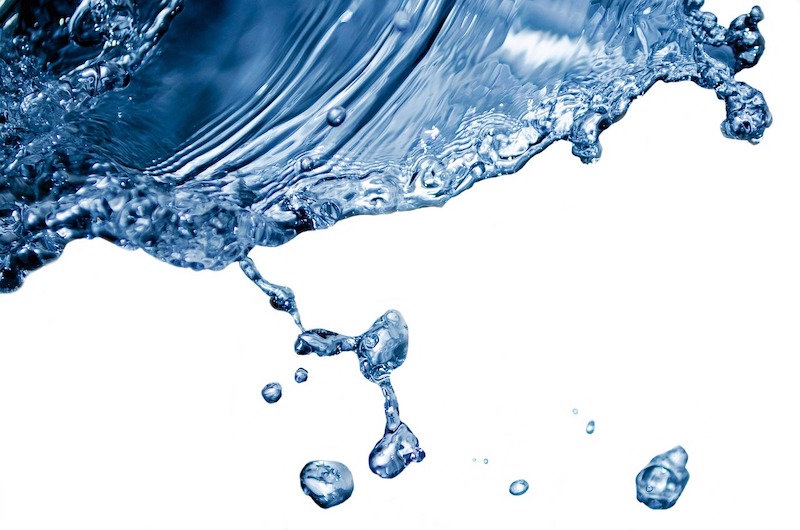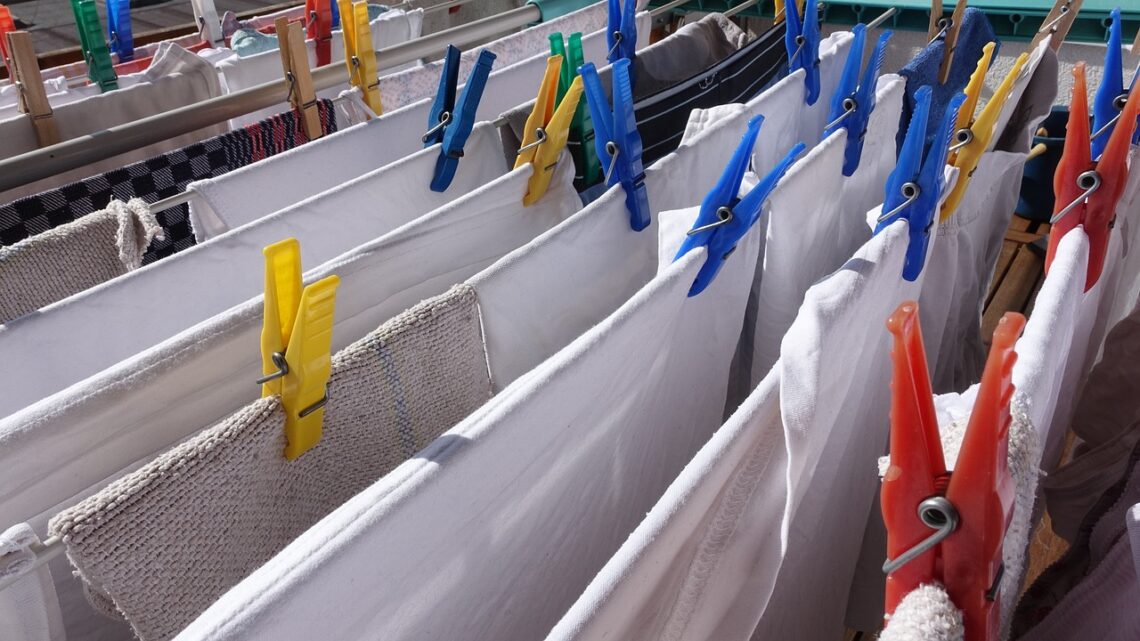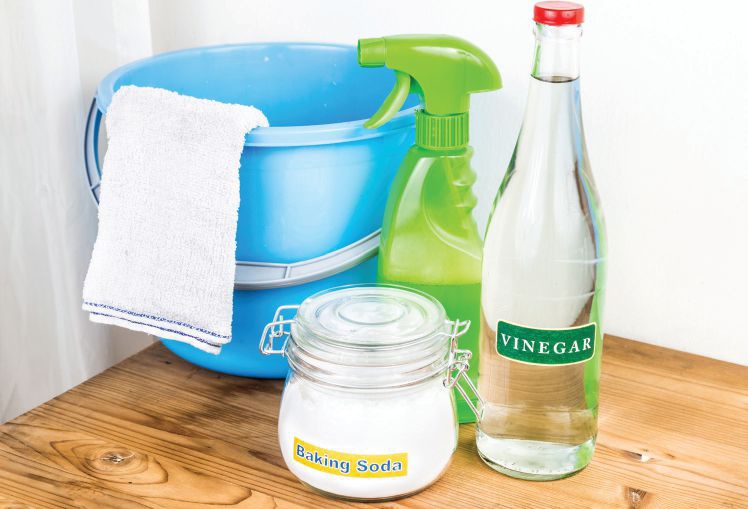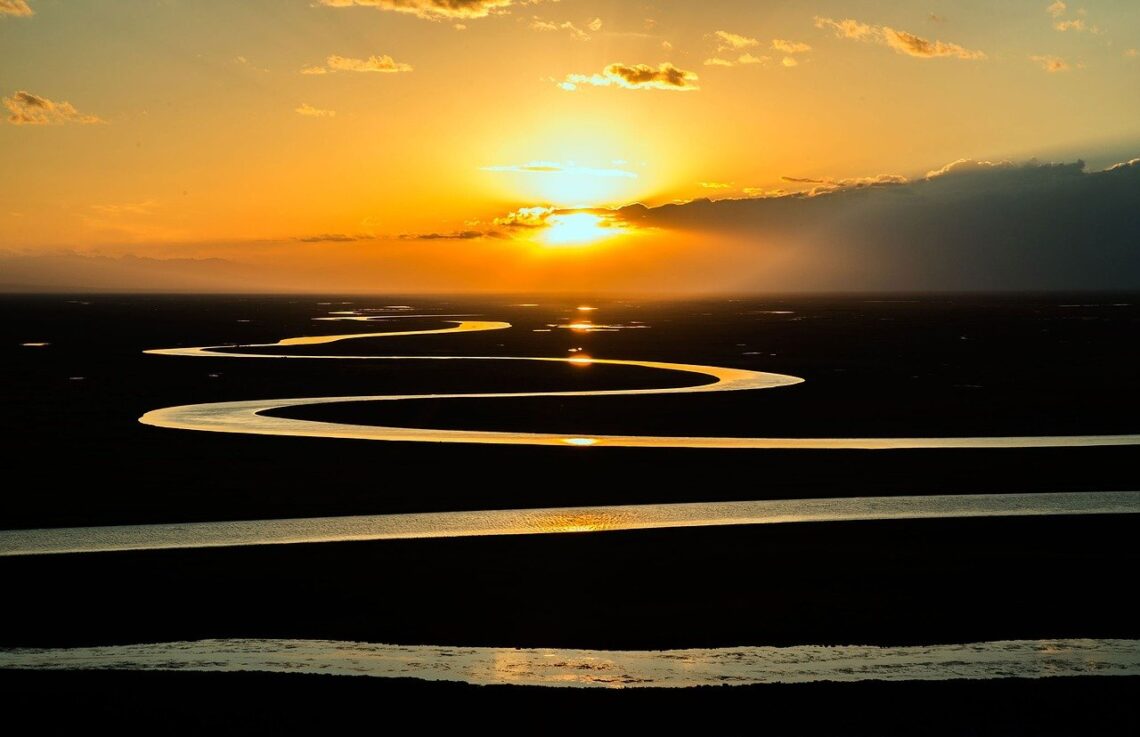Less is More: Getting to One Can of Garbage a Year
-
-
US Air Quality Improves with Switch to EVs
a shift toward electric vehicles and renewable energy would slash not only carbon emissions but harmful air pollutants as well.
-
Styrofoam®: To Recycle Or Not?
If you’ve recently had to replace a refrigerator and now have a garbage bag full of Styrofoam® taunting you from the garage, you may be experiencing the paralysis of eco-anxiety brought on by recent articles calling attention to the negative environmental and social impacts of chemically recycling Styrofoam®. These articles are an essential part of being aware of both the pros and cons of the recycling systems we have in place, but what’s a gal to do? If I throw it in the landfill, I pollute the landfill and groundwater for the next 500 to 1 million years. If I take it to be recycled, I pollute my low-income neighbors…
-
10 Items to Stop Buying to Live More Sustainably
Start your sustainable choice inyour home by finding these 10 items and swapping them for sustainable alternatives.
-
Shake & Fold: Preventing Paper Towel Waste to Help Curb Climate Change
How many paper towels do you use to dry your hands? Two? Three? More? What if you could complete the task and reduce your carbon footprint at the same time? Just use Shake & Fold! Here’s what to do: Paper towels contribute to climate change at each stage of their life cycle. It takes fossil-fueled machines to harvest trees, then process, manufacture, package, and deliver paper towels. Then after one use, trucks pick up the waste and drive to the landfill, where they decompose, releasing methane. Sadly, Americans send over six billion tons of paper towels to the landfill each year. You can share Shake & Fold by placing stickers…
-
Water Conservation 101: A Guide For Consumers
Nowadays, being wise with how much water you use is essential. As a finite resource, this precious and all-important feature of life here on Earth must be protected. Whether you live in a drought-susceptible locale like California, or by the Great Lakes where fresh water is abundant, each and every one of us needs to do our part to help the planet. Why is water conservation so important? Although it may seem there is plenty of water to go around, that simply isn’t the case. In fact, a mere 3% of Earth’s water is freshwater, and only half a percent is considered available for human consumption. The rest — saltwater…
-
The Joys of Laundry
Want to harvest some solar energy without having to apply for government subsidies or understanding what it means to make your electric meter run backward? Try hanging your laundry.
-
Tips to Adopt a Zero Waste Lifestyle
Zero-waste living is when you strive to reduce your trash output by choosing reusable over disposable products, composting organic waste, and recycling materials.
-
What You Should Know About Microfiber Pollution
Scientists estimate that over 8 million plastic tons enter our oceans yearly. Many studies suggest that washing clothes is one major source.
-
Thinking Upstream
“Hey, what’s that in the river?! It looks like…. It can’t be…Yes… yes, it’s a BABY! Oh my gosh, here comes another one! What on earth is happening?!? Where are those babies coming from?!” The people on the river banks jump in to rescue the babies floating downstream. They are able to reach them and save the babies from drowning. Then the next day, there are four babies struggling in the river! More folks jump in and save those babies. This process continues each consecutive day until finally, one of the people on the riverbank turns and runs upstream. “Where are you going?” shout the others. “I’m going to see…

